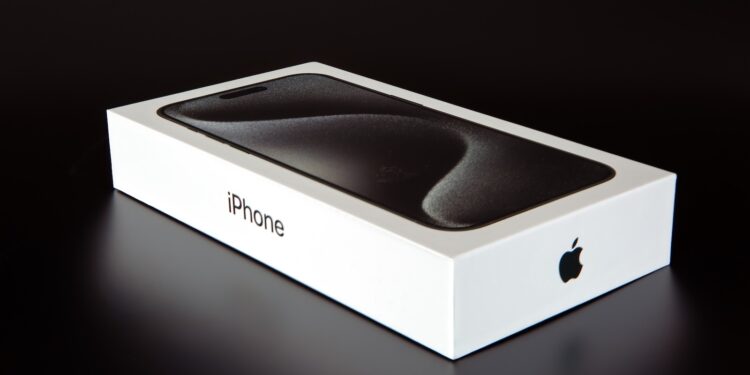Apple is preparing to launch its first foldable iPhone. And as always, the company isn't taking the easy route. Instead of adopting existing concepts, Apple is focusing on new technologies, its own standards, and a collaboration with Samsung that is causing quite a stir. The iPhone Fold isn't just meant to be foldable—it's meant to demonstrate how foldables should actually be built.
Other manufacturers like Samsung and Oppo have already revised and improved their foldables several times. But Apple has remained completely silent so far. The reason: The company apparently didn't consider the technology mature enough. Now there are concrete indications that Apple has achieved a decisive breakthrough – specifically in one of its key components: the display. The iPhone Fold could thus be not just a new Apple device, but a turning point for the entire smartphone industry.
New display process with Apple patent
The iPhone Fold's display is based on a special manufacturing process developed and trademarked by Apple. It meets high standards in terms of thinness, energy efficiency, and brightness. This clearly sets Apple apart from previous foldable displays, especially those in the Samsung Galaxy Z Fold series.
Samsung supplies the display – with new technology
Samsung is Apple's partner for the foldable display, but according to a report, it has taken a decisive step: The touch sensor is integrated directly into the display, instead of being an additional layer on top, as in the Galaxy Fold models. This so-called in-cell touch technology makes the panel about 19 percent thinner than previous Galaxy Z Fold components. Integration into the TFT layer reduces the overall height, accelerates touch response, and eliminates the otherwise common lamination gap. This technology is particularly difficult to implement with foldable OLEDs, as they must withstand additional mechanical stress from the hinge.
iPhone Fold will be extremely thin – and almost wrinkle-free
According to analyst Ming-Chi Kuo, the iPhone Fold will be just 4.5 mm thin when unfolded and between 9 and 9.5 mm when folded. This makes it significantly thinner than the Galaxy Z Fold 6, which measures 12.2 mm when folded. Visually, the iPhone Fold will have a "bar-type" design, meaning it will look like a regular iPhone or iPad when opened. The typical crease in the middle, visible on many foldables, is said to be almost invisible here. Bloomberg reporter Mark Gurman confirms this: The crease is barely noticeable (via Blog Naver).
Technical data and features of the iPhone Fold
The other specifications also give a clear impression of what Apple is planning to do with the iPhone Fold:
- 7.8-inch OLED interior display
- 5.5-inch external display
- two rear cameras
- front camera
- Touch ID in the power button instead of Face ID
- High energy density battery
This gives the device the flexibility of a foldable, but with the familiar Apple usability and quality. The lack of Face ID may be due to the limited space in the thinner casing.
Display quality is further improved
In addition to the thinner design and new touch technology, the iPhone Fold's display is also said to offer significant improvements in color reproduction and brightness. According to sources, both the typical and maximum brightness have been improved. This ensures better outdoor readability and more vibrant colors when streaming or gaming.
Strategic move by Samsung?
It's also interesting to note that Samsung itself is currently working on a significantly thinner Galaxy Z Fold 7, which is also expected to be around 9.5 mm thin when folded – similar to the iPhone Fold. When unfolded, it's also expected to be around 4.5 mm. This could allow Samsung to specifically support Apple as a display customer by optimizing its own technologies for Apple's requirements.
Price and publication
According to several industry observers, the iPhone Fold is scheduled to launch next year. The starting price could exceed $2,000. This would make it one of the most expensive iPhones ever—which is hardly surprising for a foldable device of this quality.
iPhone Fold sets new standards for foldable smartphones
Apple is taking a clear step forward with the iPhone Fold. Not by copying other manufacturers, but by specifically addressing key weaknesses of current foldables. Thinner, brighter, more robust, and without a visible crease – the iPhone Fold offers precisely the features many users have been missing in foldable devices. The high price shouldn't be an obstacle for anyone who has been waiting for a true foldable from Apple. (Image: Shutterstock / ksmax)
- The iPhone Fold is said to offer two key advantages
- iPhone Fold coming in 2026 – second generation follows in 2027
- Foldable iPhone to arrive in 2026 – what is known so far
- Apple's foldable iPhone: design, technology and launch
- Foldable iPhone: Thin design, strong battery life
- Apple's foldable iPhone is taking shape





